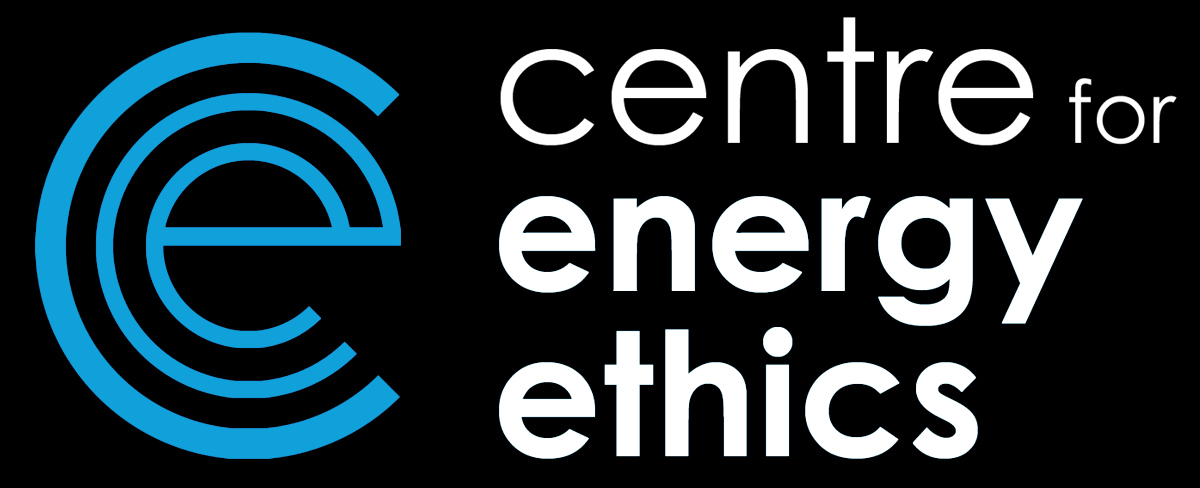Jagadamma is a Centre for Energy Ethics affiliate based at the University of St Andrews School of Physics and Astronomy. She explains that it is impossible to power all those sensors with batteries or from mains power. “It would be complex, cost too much, and there would be a big problem recycling the used batteries.”
Instead, she leads a group of four who are developing “hybrid perovskite semiconductors” for this task. Perovskite can collect the small amounts of ambient light found inside a building more efficiently than the familiar silicon solar collectors. Sensors need only tiny amounts of power, in the milliwatt or even microwatt range, and can run on the small quantities of energy available inside buildings.
But gathering ambient energy is unlike collecting sunlight. Jagadamma says that as well as being far fainter, it lacks the infrared light that makes up the biggest share of outdoor sunshine, especially for the most widely used indoor light sources such as white LEDs and fluorescent lamps. .
Perhaps surprisingly, the same collectors are also sensitive to vibration. This means that they might gather energy from machines such as a tumble drier, or even from people walking nearby. Jagadamma is now setting up the Energy Harvesting Research Group to work on this technology.
This work is ethically strong, she says, because the perovskite devices will be simpler than silicon to dispose of at the end of their working lives. They are also easier to make. “You can print the cells out just like printing a newspaper.”





